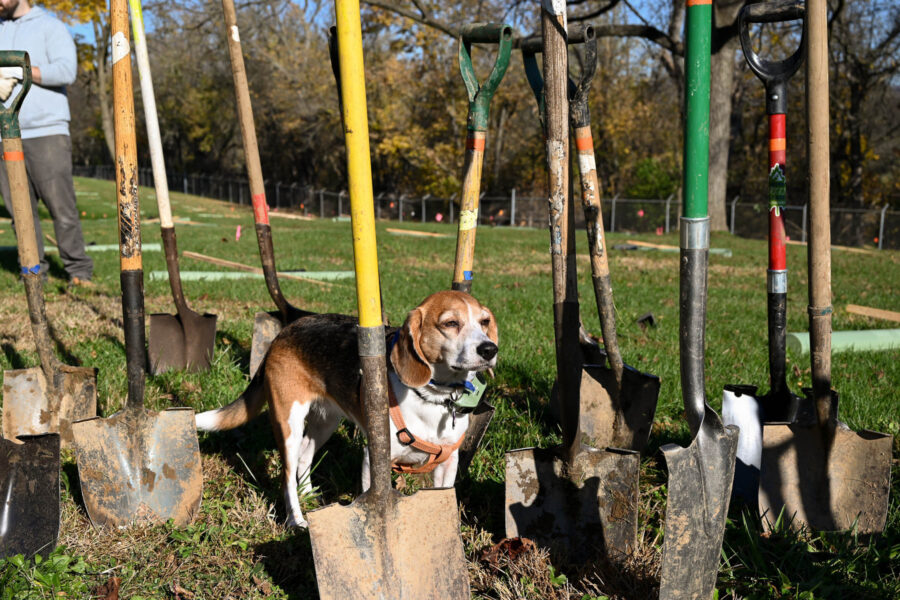1/2
The Senior Forest Project Manager's dog stands between shovels used for the Treelay planting in Lancaster, Pennsylvania.
About the author
Marisa Baldine joined the Alliance for the Chesapeake Bay in 2024 as an Outreach Specialist with the Chesapeake Bay Program's Communications Office. She previously served as the Communications Office's Environmental Management Staffer, during which time she staffed the Strategic Engagement Team, created content for the Chesapeake Bay Program website, and assisted with the creation and implementation of social media content. Marisa graduated from John Carroll University with a Bachelor of Arts in Communications. Marisa has a background in graphic design, environmental education and event planning.
View all stories by this author


Comments
There are no comments.
Thank you!
Your comment has been received. Before it can be published, the comment will be reviewed by our team to ensure it adheres with our rules of engagement.
Back to recent stories